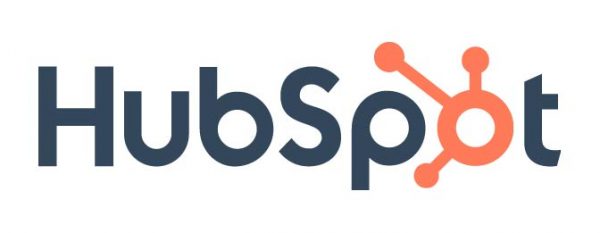
Our recent partnership with HubSpot means great things for our clients. With a tremendous suite of tools designed to simplify, automate, and enhance digital marketing, HubSpot divides their tools into four main categories: Customer Service, CMS, CRM, and Marketing. Integrating their services affords companies powerful tools; all managed in one platform.
Social Media Management is simple with HubSpot providing a single interface to manage numerous social accounts. The SEO tools provide reports on performance along with expert advice on improving results. In conjunction with the blog tracking tool, they yield a powerful method for improving organic search results. Ad metrics are easily tracked, and HubSpot provides ample reporting so ROI can be measured, and strategies can be tweaked. Their immense strides in the area of Marketing Automation (for which they’ve received numerous professional accolades) are a game changer, allowing you to create and test different messages across numerous platforms, tailored to the audience.
A consistent awards winner, HubSpot has been voted “Best CRM” (more than once), “Best Marketing Tool”, and “Best Marketing Automation” along with a slew of other wins. For more than a decade, they have championed a different take on marketing. They crafted their tools according to their philosophy of Inbound Marketing.
Inbound vs. Outbound Marketing
Numerous studies have shown public trust in advertising is low (a 2015 study by IpsosOTX and The 4As found that only 4% of respondents considered Advertisers and Marketers as acting with “integrity”). Additionally, humans are intentionally avoiding advertising more each year. According to this study, 74% of consumers use some advertising avoidance strategies and the percentages keep rising. Marketing is having a crisis, of sorts, and we are at a crossroads of two marketing philosophies.
Outbound Marketing is a wide range of mostly traditional marketing techniques. Think of tv and radio ads, billboards, pop-ups, print advertisements, email spam, even cold calls. Banner ads and pop-ups (and their ilk) have their place, but they are rarely inspiring content, and consumers rarely engage with them. Outbound marketing is a disruption to normal life, wherein an advertisement is thrust into the consumer’s attention. While this may be effective for some people, these methods can cause as much negative attention as positive sales. It’s a throw-it-at-the-wall-and-see-what-sticks method of promotion wherein a large portion of advertisements have little to no effect. Clickthrough Rates (for example) are abysmal: hovering between 1.9% and 0.35% depending upon industry.
Inbound Marketing, to contrast, is not about assaulting people with as many examples of a logo and slogan as possible. Inbound marketing focuses on building an audience, and then engaging that audience with relevant content. Finally, this method focuses on delighting the consumer throughout the process so they become engaged with the brand, and act as advocates. This citation-rich blog post illuminates the power of brand advocates. The bright spot in many different studies on the matter is that consumers want to trust the brands they use. And they promote and defend the brands they trust.
To summarize, outbound marketing pursues conversions as the final goal. Inbound marketing strives for brand engagement, trust, and loyalty with conversions as a natural by-product.
Not sold on the inbound marketing philosophy? Consider this: Half of users NEVER click online ads. 35% click on 5 or fewer ads in a month, and just 8% of users are responsible for about 85% of all ad clicks.
If you’re tired of throwing your advertising budget at the wall and seeing what sticks, contact us by phone, or email. Along with our partners at HubSpot, we’ll help you engage your audience and recruit your brand’s advocates.
